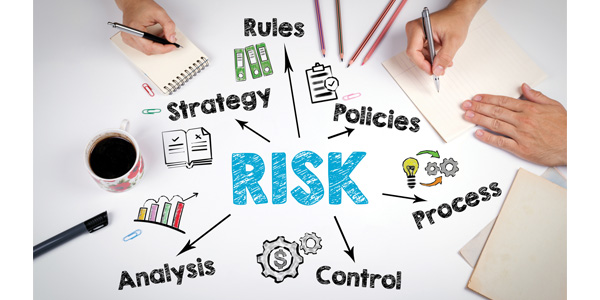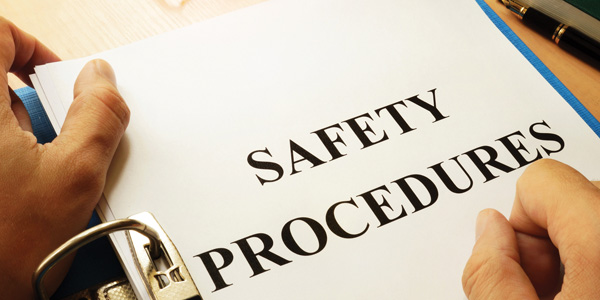
One of the most essential components of shop safety is having a safety and health program in place. Without a workable plan, you’ll almost always fall short when it comes to keeping your employees safe in the workplace.
In the last “Health & Safety” column, we talked about five safety starting points that OSHA mentions in its “Recommended Practices for Safety and Health Programs.” They are:
- Set safety and health as a top priority
- Lead by example
- Implement a reporting system
- Provide training
- Conduct inspections
This month, we’ll round out this list, naming five more easy-to-implement components to focus on as you think about safety in your shop.
The Next Five
- Collect hazard control ideas. Ask your shop employees for ideas on improvements, and follow up on their suggestions. Every idea may not be workable in your shop, but it’s important to seek feedback from the people who are working in the space every day. Give employees time to troubleshoot problems and think about solutions. For example, if you’re having safety issues related to the layout of your workspace, ask employees to come up with ways to rearrange the work area with safety in mind. A morning tailgate meeting may be a good time to get opinions and suggestions for improvements. Let them know that “no idea is a bad idea,” and be open to employees who think out of the box.
- Implement hazard controls. Your shop employees have the best understanding of the conditions that create hazards, and therefore they have the most insight into how they can be controlled. Assign workers the task of choosing, implementing and evaluating the solutions they come up with. Investigate new technologies regularly, which may be more effective in keeping the shop a safe place to work. Getting employee input is essential, as it demonstrates their importance as partners in the process of protecting their own health. Providing an environment where your employees feel comfortable giving input and reporting health and safety concerns is a major plus to bridge communication between you as a shop owner/manager and your employees.
- Address emergencies. In an emergency, there usually isn’t time to explain your policies or reinforce safety procedures. This is why advanced planning is so important. Shops need to identify foreseeable emergency scenarios and develop instructions on what to do in each situation. Meet with employees to discuss emergency procedures, and post instructions in a visible location in the workplace. A tailgate meeting or “lunch and learn” may be a good opportunity to make sure employees are on the same page when it comes to safety. This is a great time to assign roles, confirm that someone is trained in certain aspects of safety such as fire extinguisher operation, and make sure employees know where to assemble outside of the workplace in an emergency.
- Seek input on workplace changes. Before making significant changes to the workplace, work organizations, equipment or materials, consult with workers to identify potential safety or health issues. Employees should have the opportunity to participate in all phases of program design and implementation. An important aspect of communication is knowing what to communicate and when. When it comes to safety, you should always err on the side of providing too much information. It’s impossible to communicate too much.
- Make improvements. Set aside a regular time to discuss safety and health issues, with the goal of identifying ways to improve the program. When safety becomes a regular component of your daily or weekly meetings, it becomes natural for people to watch out for themselves and their fellow employees. As a shop, it is your job to maintain your commitment to employee safety. If you say you’re going to change the workplace layout, purchase new equipment or make safety a priority, show good faith by following through with those commitments.

Train, Train, Train
Providing workers with an understanding of hazard recognition and control, as well as actively involving them in the process, can help to eliminate hazards before an incident occurs. As a reminder, training is key!
Make sure workers are trained on identifying hazards, controlling hazards and knowing how and when to wear the required personal protective equipment (PPE). Don’t forget to offer and enforce additional training when a job changes or new hazards are introduced to the workplace. Make safety a priority, and your shop will reap the benefits through fewer accidents and injuries and a more confident and compliant workforce.













